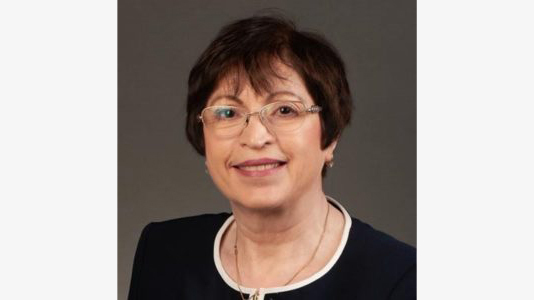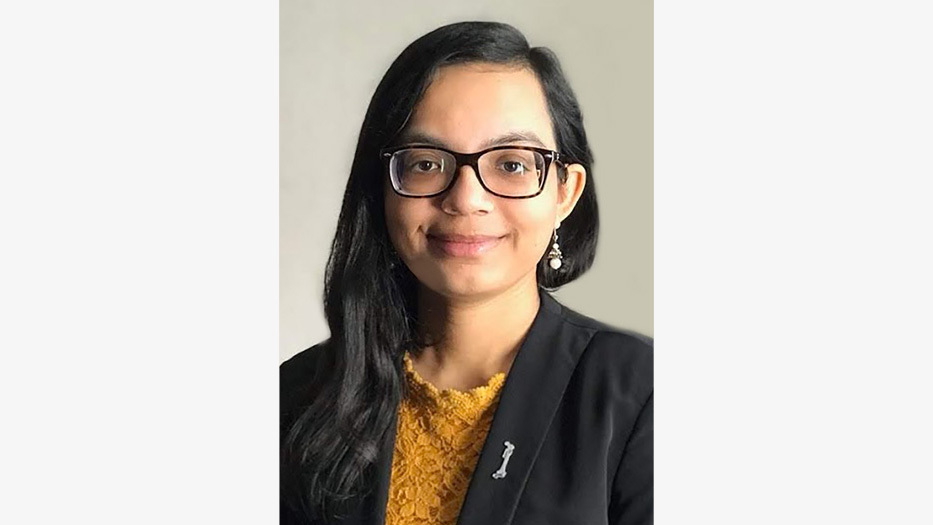
Dr. Tuck: My 2011 Resident of the Year Award from the American Osteopathic Foundation (AOF) came at exactly the right time in my career. It was an affirmation, a recognition at the national level. It was an honor, a privilege.
The AOF plaque still hangs on the wall in my office all these years later. Residents and students ask about it often: “What does that mean, what is that about?” I tell them it was a piece of recognition that reaffirmed that I was doing things the right way, and to keep doing them the way I’m doing them.
It also brought me further into the Osteopathic fold. As you’re going through your training, particularly surgical training, you can sometimes lose sight of some of Osteopathic distinctiveness. And then you receive a very generous, unsolicited award from an Osteopathic Foundation, and you’re reminded: “Oh yeah. I’m part of this family. That’s why I did all of this. That’s why I chose this path.”
The award was a wonderful reminder. And it was an opportunity to step back and remember that I made the right decision when I became an Osteopathic physician.
Because this family takes care of its own.
AOF: Why did you choose to become an Osteopathic surgeon?
I was the first person in my family to go to college, and one of the first to graduate from high school. I was working toward my Masters in Physical Therapy when I decided I wanted to go to medical school.
I had worked with a couple of Orthopedic surgeons in one of the PT departments during the summer. They brought me to a couple surgeries and I fell in love with Orthopedic surgery.
I’d learned early on that there are two medical degrees in America, the MD and the DO. My family physician was a DO, so I reached out to him, and he set me up with another Osteopathic physician who was on the board of directors at the University of New England - Bill Kermis, DO.
Bill took me under his wing. He was an OMT specialist, that’s someone who specializes in Osteopathic Manipulative Treatments and he let me shadow him over a summer. I absolutely loved it. I loved the hands-on approach and I loved the demeanor that he had with his patients. He was very comfortable. There was no pretension. It was very much not sterile, in a good way - there was nothing cold about it. He made people a lot more comfortable.
Observing him with patients, and observing his patients with him, their interactions were just different from other Orthopedic surgeons that I had shadowed who were MDs. Their interactions weren’t bad, but they were markedly different. They were often the classic western division between physician and patient that many of us grew up with.
I felt more aligned with the way Dr. Kermis approached his patients. I knew I would love to be able to do this for people. I would love to be able to make people feel like this.
AOF: You’re not alone in that. We’ve seen some exponential growth in the field of Osteopathic medicine in the last several decades, which is obviously very meaningful to us. When you think about the future of Osteopathic medicine, both locally and globally, what excites you?
Dr. Tuck: There are some obvious advances that are happening in the Osteopathic profession. There was a brief period when my wife and I were considering moving to another country. That’s when I learned that the American Osteopathic Medical Degree is not widely recognized in a lot of countries. That has been changing - more and more countries are beginning to recognize the difference in our training.
DOCARE International and other organizations go abroad to provide medical care where it’s most needed, and a lot of them receive the funding that makes it possible through the American Osteopathic Foundation.
I love to see that stuff. A couple of years ago a friend of mine reached out to me about getting more involved in the AOF, and I became a reviewer for Scholarships and Grants. This past year, I officially became an AOF committee member. It’s eye opening for me to learn about how the foundation works, how these scholarships and grants are awarded, how much impact they have. And it’s exciting now to have the chance to review applications and be a part of the process of awarding people for work well done and reminding people of why they’re DOs.
That’s the full circle for me. I had to be reminded, and now I have the opportunity to remind others.
AOF: We’re grateful to have you on the committee!
Dr. Tuck: As Osteopathic physicians, we’re part of a relatively small, tight-knit family. We have a duty, and obligation that we should embrace, to take care of our own. To take care of those coming up behind us, and to identify and recognize those among us that are standing out and furthering the profession.
The AOF is such a wonderful organization. They do such great work, and they never ask for any recognition. They’re always working behind the scenes. And unless you’ve been fortunate enough to receive an award from them, you may not even know they exist, even though they’ve been supporting the profession, and all of us, the entire time.
When I tell people that they should consider involvement in the AOF, I remind them that the AOF has been involved with them for years, whether they know it or not.
The American Osteopathic Foundation’s Scholarships and Grants program provides funding that elevates innovative, essential, and transformative work by DOs like Dr. Tuck in the US and around the world.
To nominate an Osteopathic leader for an award, or to apply for a scholarship or grant, visit our Grants, Scholarships, and Awards page. To volunteer, please contact Terry Sanders. To make a gift to the American Osteopathic Foundation, please visit our Online Giving page.
Together, we can continue to elevate Osteopathic medicine and the dedicated DOs who provide it.


